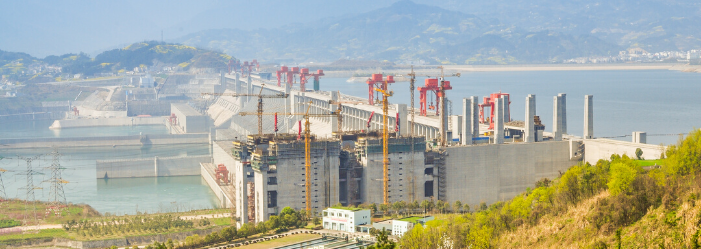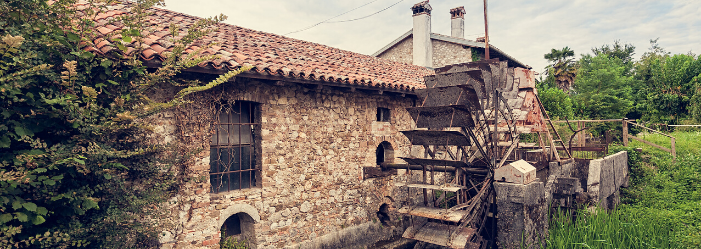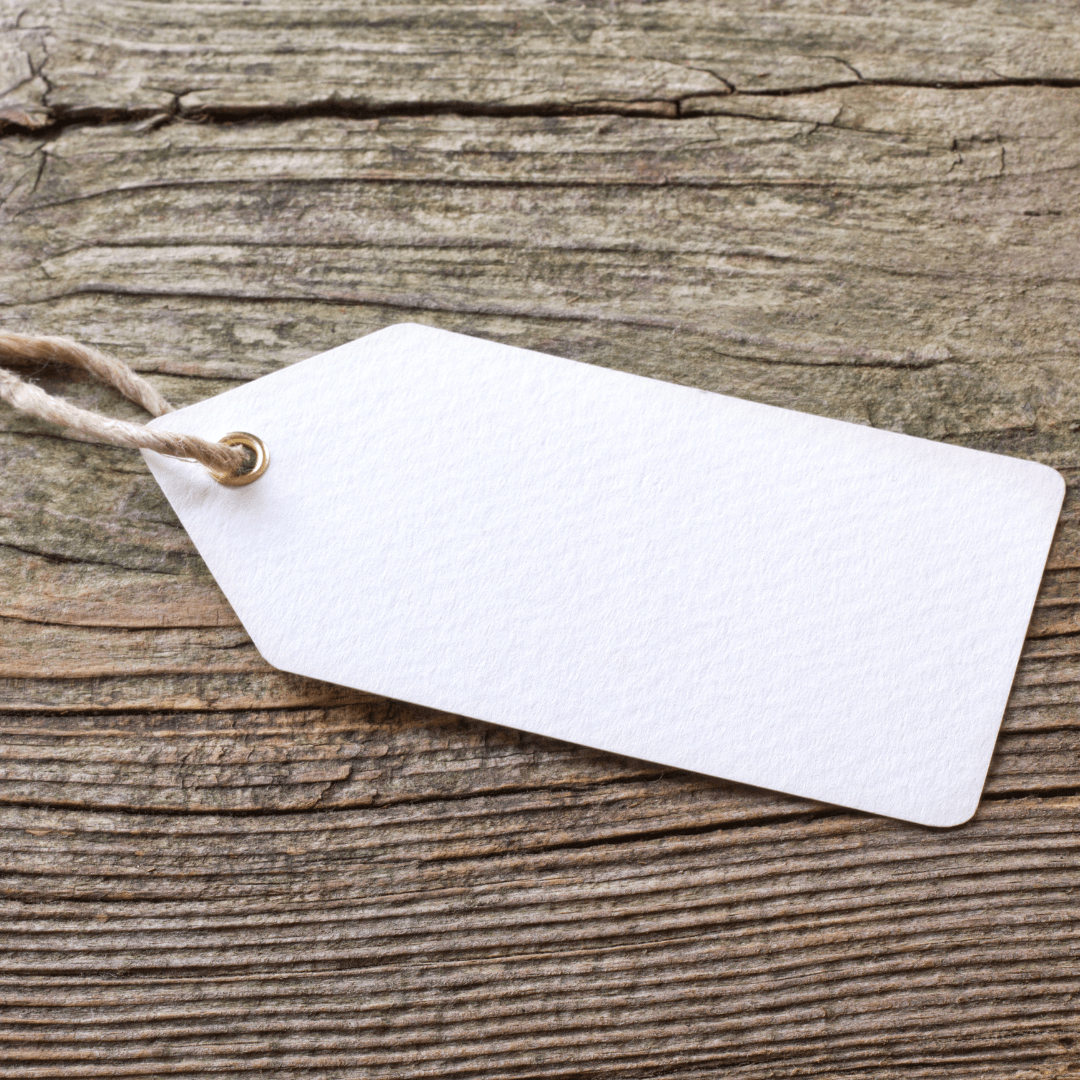Blog Post
A Brief History of Energy-Hydro Power
Richard Simmonds • May 11, 2020
As the world works towards more renewable sources of energy creation hydropower has become increasingly important. We look at how water has been used for energy generation for thousands of years and how it will play a key role in the future.
What is Hydroelectric?
In the simplest terms, Hydroelectricity energy is created by the motion of running water (kinetic energy) that is then converted into electricity.
Hydroelectricity is generated in Hydropower plants. These work by allowing water to flow through turbines that harness the created kinetic energy and produce electricity.
Hydropower plants are typically situated on powerful rivers such as The Three Gorges plant located on the Yangtze River in Hubei province China. The 22.5 GW it generates makes it the world’s largest.
20% of the entire world’s electricity needs are currently met by hydropower. With the push towards a greener global economy and to help tackle the effects of climate change, Hydropower will play a key role.
Ancient usage
Water has been used by humans for thousands of years to power machines. Long before it was harnessed to create electricity it was mostly used to help perform labour intensive tasks and to irrigate crops.
The earliest use of watermills and water wheels has been recorded as far back as the 4th century BC where it was utilised in the Persian Empire, Iran, and ancient Egypt. By the time of the Roman Empire water wheels were in widespread used to power sawmills, millstones and assist with mining.
In ancient China, watermills were used to help operate the bellows for their blast furnaces.
The first known instance of a civilisation constructing a dam dates to 2950-2750 B.C in Egypt. The dam was thought to have been built to divert a river to irrigate crops. The dam was a failure however as due to a design flaw the water quickly eroded it. The dam was a failure and the Egyptians never attempted to build another dam until modern times.
Medieval Times
The use of hydropower increased rapidly across Europe and Asia during the Medieval period as technology improved.
Medieval England used watermills extensively as in the Domesday Book over 5,600 watermills were recorded. Italy and the south of France were also extensive users of the technology.
The Bazacle, a dam and mill complex on the River Garonne in southern France, was likely the largest dam in Europe (and possibly the world) at the time it was built.
The use of hydro technology in the Middle Ages was not confined to Europe. In the Islamic world, during the Islamic Golden Age hydropower was in wide use and even early tidal power technology was used to operate large hydraulic factory complexes. Sawmills, paper mills, tide mills, steel mills and sugar mills were all used extensively during this time.
By the 11th century, every province throughout the Islamic world had these industrial mills in operation. Muslim engineers also used water turbines, employed gears in watermills and water-raising machines, and pioneered the use of dams as a source of waterpower, used to provide additional power to watermills and water-raising machines.
The Industrial Revolution
The industrial revolution is the time when Hydropower took off. At the start of the 1800s water was used to provide power for the rapidly growing textile and machine industries.
1831 was the year when modern hydroelectric power was first utilised when scientist and pioneer of power Michael Faraday
invented the first electric generator. This ground-breaking invention paved the foundation for what would become the first proper hydroelectric power plants.
The first such power plant was built in Appleton, Wisconsin in 1882 and it generated 12.5 kW. Within the next decade, there were over 200 hydroelectric power plants in the USA.
In 1936, the massive Hoover Dam Hydroelectric Power Plant was built. At the time it was the largest in the world and could generate up to 1345 MW of electricity.
As demand for electricity soared throughout the 20th century more and more Hydropower plants were constructed across the world.
The largest in the world today, the Three Gorges Dam in China was completed in 2012.
The Future of Hydroelectricity
Currently, Hydropower makes up 74% of the planet’s renewable electricity generation.
According to the International Energy Agency (IEA), the potential capacity of Hydropower could be tripled by 2050 if all available resources are harnessed.
With the push towards more renewable energy, we can expect to see more hydropower sites built over the next few years.
Further Reading
A Brief History of Energy – Wind Power
Dyball Associates are proud to help new supply businesses successfully launch in the UK market.
Through our energy market consultancy services, and the software we’ve developed, we’re supporting new UK electricity and gas suppliers get set up and start supplying.
For more information on how to start and manage an energy company, get in touch
with Dyball Associates today.
Follow us on Twitter
and LinkedIn
to keep up to date with the latest news and updates in the energy industry.






